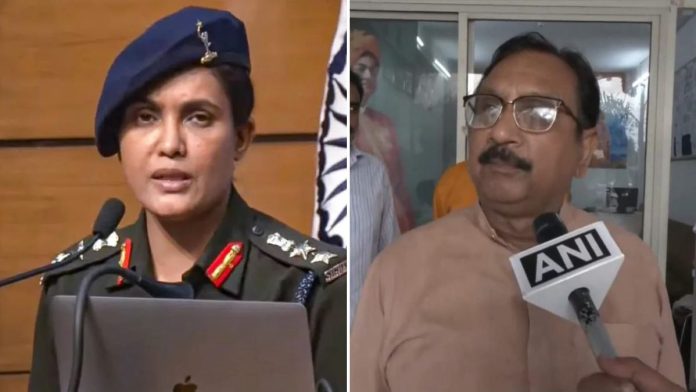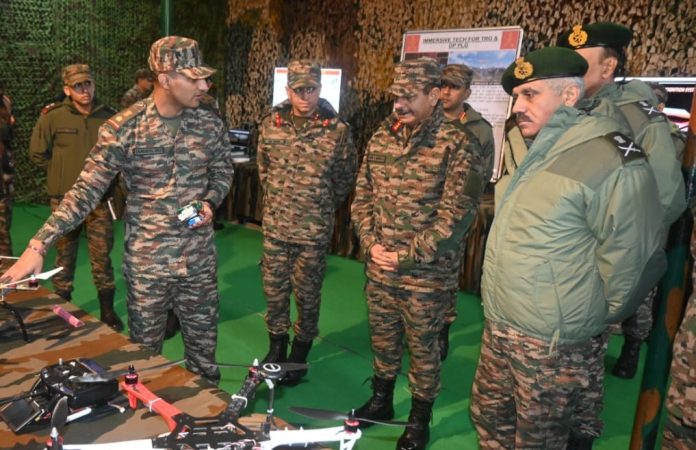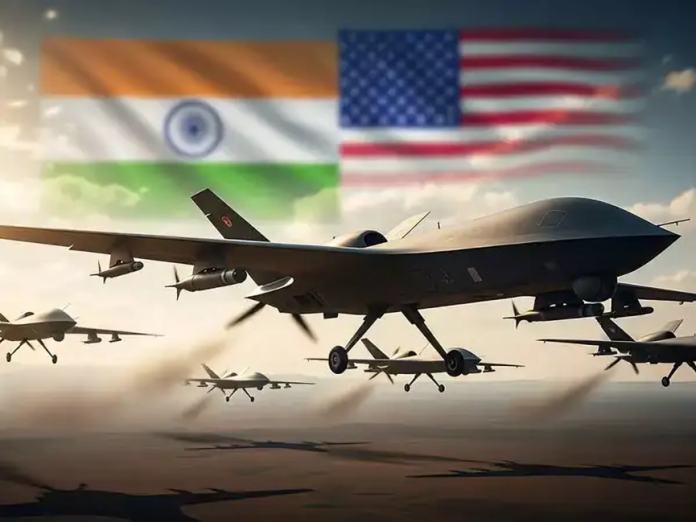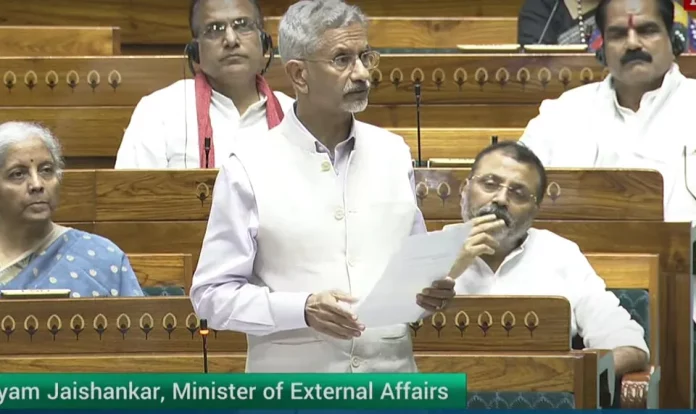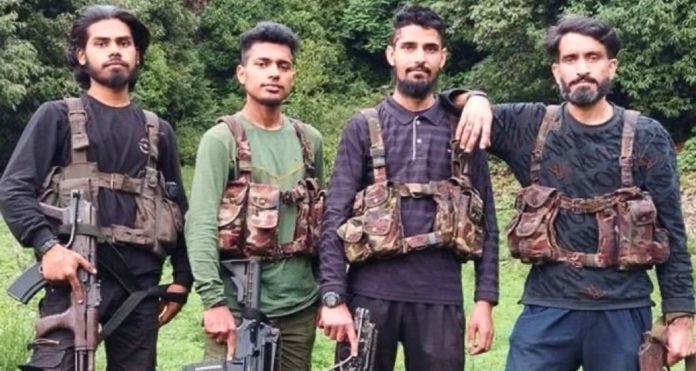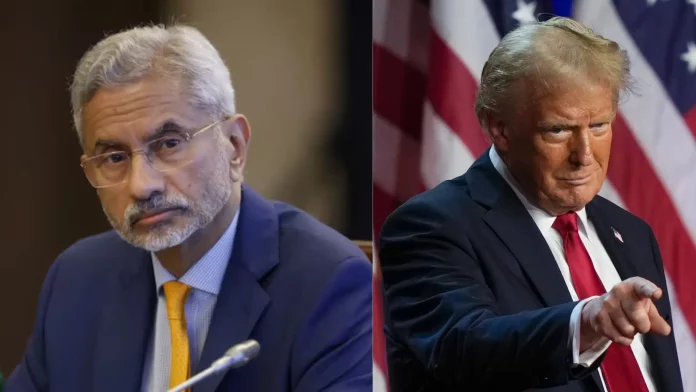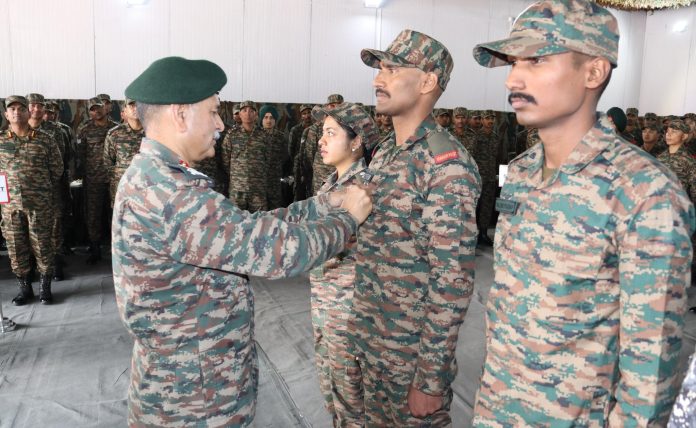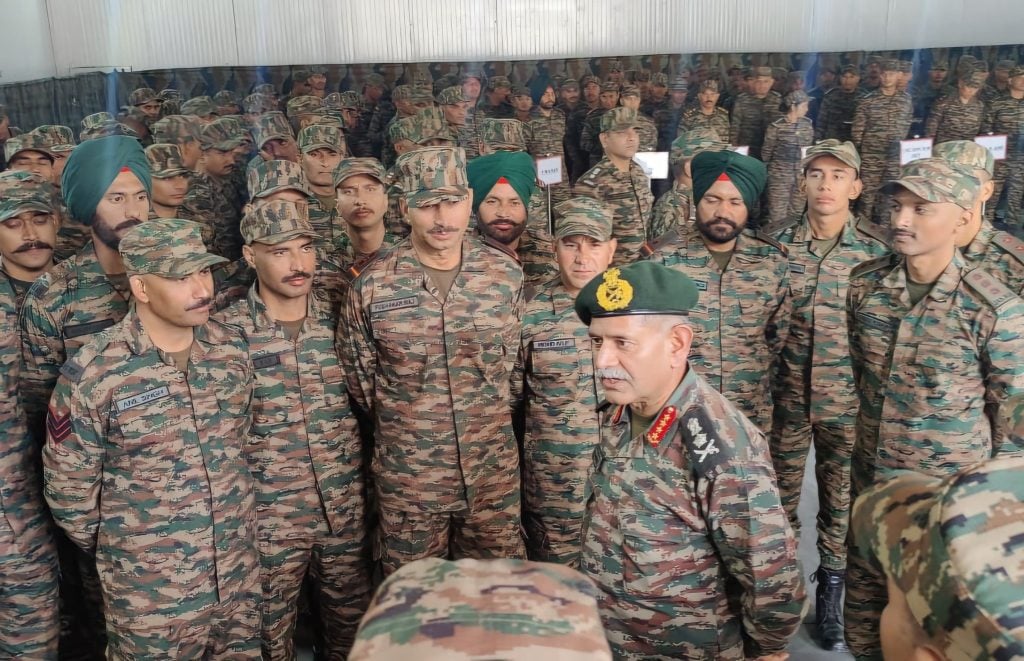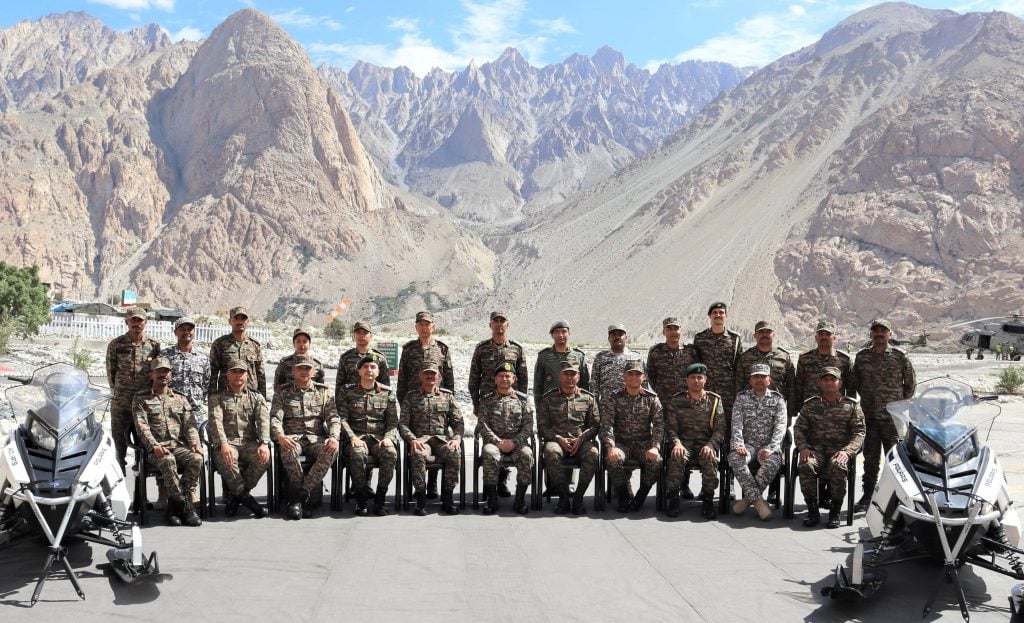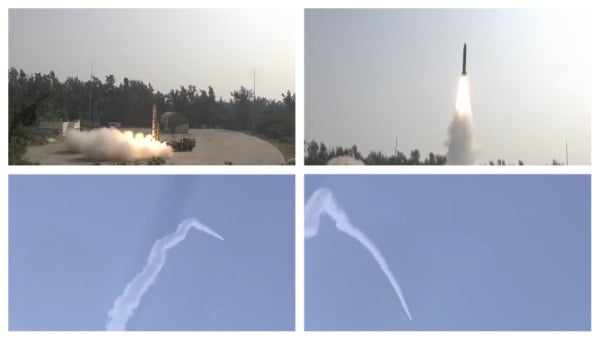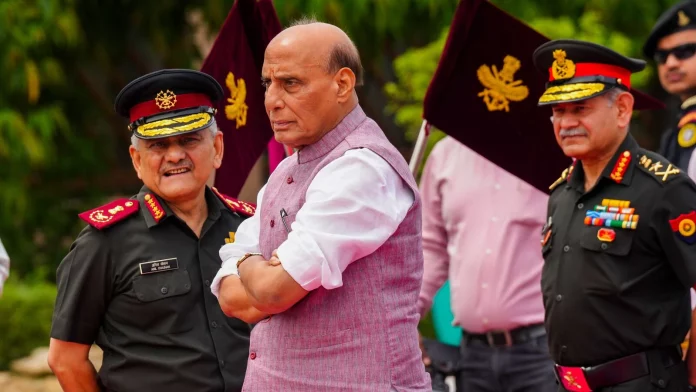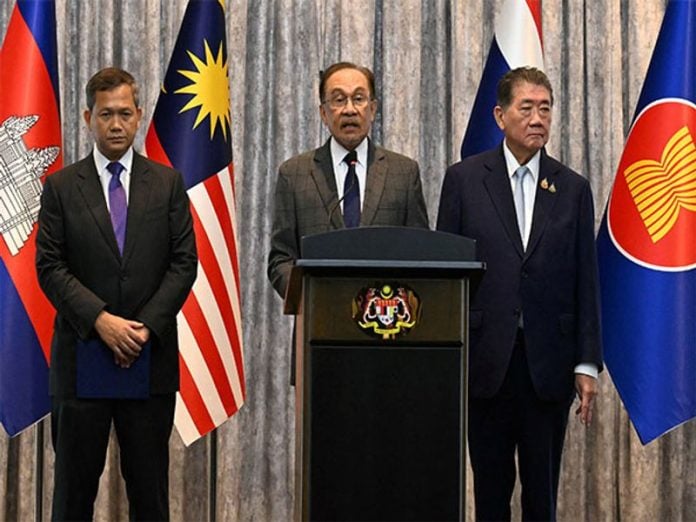The Supreme Court on Monday expressed serious dissatisfaction with Madhya Pradesh Minister Kunwar Vijay Shah’s apology over his defamatory remarks against Indian Army Colonel Sofiya Qureshi, calling it inadequate and lacking sincerity.
A bench comprising Justices Surya Kant and Joymalya Bagchi reprimanded the BJP minister for failing to issue a proper public apology and said his conduct was “testing the court’s patience.” The bench added that the minister’s actions were making it difficult to believe his intentions were genuine.
The remarks came during the hearing of a case concerning Shah’s controversial statements about Col Qureshi, who had briefed the nation on the Army’s actions during Operation Sindoor. The minister had faced backlash after a widely circulated video showed him making offensive comments following the operation.
Shah’s lawyer, K. Parmeshwar, told the court that an apology had been posted online and that it would be submitted on record during the next hearing. However, the court made it clear that a mere online apology would not suffice and insisted on a more meaningful acknowledgment of wrongdoing.
Seeking clarity on the investigation’s progress, the court questioned a member of the Special Investigation Team (SIT) and directed the team to file a status report by August 13. The court noted that the SIT had examined 87 individuals so far and was still reviewing statements.
The three-member SIT was set up following directions from the apex court. The bench instructed the investigators to take the probe to its logical conclusion within the statutory 90-day timeframe. The matter will next be heard on August 18.
The controversy erupted after Shah’s remarks about Col Qureshi were widely condemned. During a previous hearing, the Madhya Pradesh High Court had described the language used by the minister as “language of gutters,” reflecting the severity of the allegations against him.

